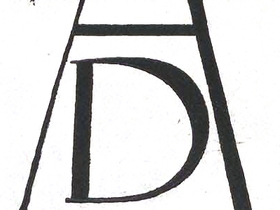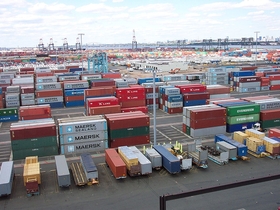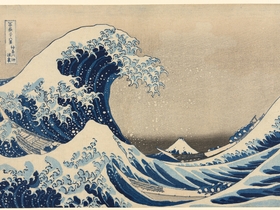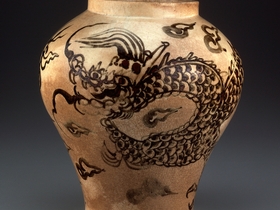In 2015 Congress passed the Trade Facilitation and Trade Enforcement Act, which somehow became known as the Enforce and Protect Act of 2015, or EAPA. Section 421 of EAPA established formal procedures for submitting and investigating claims that antidumping and/or countervailing duties are being evaded by importers. In this law “evasion” is defined as
Entering covered merchandise into the customs territory of the United States by means of any document or electronically transmitted data or information, written or oral statement, or act that is material and false, or any omission that is material, and that results in any cash deposit or other security or any amount of applicable antidumping or countervailing duties being reduced or not being applied with respect to the merchandise. EAPA §402(5).
Notice that this definition does not require that an importer knowingly evade antidumping or countervailing duties. It only requirements that evasion (as defined) has occurred. This is important because it means that a party filing an EAPA claim of evasion does not have to address whether the importer knew what they were doing. Instead, the requesting party needs to provide information “reasonably available to the interested party to support its allegation that the importer with respect to whom the allegation is filed is engaged in evasion.”
As of this writing we are aware of 21 Notices of Action posted by Customs in EAPA investigations. 19 of those notice have initiated an investigation, one referred a question for a scope determination, and one was a notice of non-initiation. In other words, in a little over 90% of cases we are aware of, Customs has initiated an investigation of evasion. We are aware of 10 Final Determinations made in EAPA investigations. In nine of those cases the final determination has found evasion. But this week (perhaps presciently named?) Newtrend USA broke that streak. Unlike most final determinations in EAPA, this one is not very entertaining. Successfully passed audits have a certain boring quality to them that all importers should aspire to. Nevertheless, it’s worth reading if you are working on origin issues.
There are a couple of important take aways here. The first is that Newtrend actually had books and records that supported their production in Thailand. Being, in fact, not evading is a great argument in an evasion investigation. Many of the companies with final determinations against them do not have this argument available, insofar as they had no apparent production ability at all in the country they claimed as the country of origin (see, for example, here). Newtrend not only was actually producing but had records to prove it.
The second takeaway is more valuable for companies struggling with origin issues than for Newtrend. Namely, U.S. Customs will absolutely investigate “new” sources of articles that are subject to antidumping and countervailing duty cases. Tricks like transshipment, or even repackaging will not work, and neither consultants who “fix” AD/CVD problems, nor legal experts retained after the fact will be able to turn Chinese product into some other origin product. Companies need to get good advice, document their production, and perhaps get rulings from U.S. Customs instead of thinking they’ll be able to evade AD/CVD cases.
Finally, while Newtrend was successful in proving that it had Thai production this is a somewhat pyrrhic victory. AD case A-549-837 covering Glycine from Thailand is in the process of having an Order issued and Newtrend is facing a 227.17% AD rate on its imports. It’s always something.




